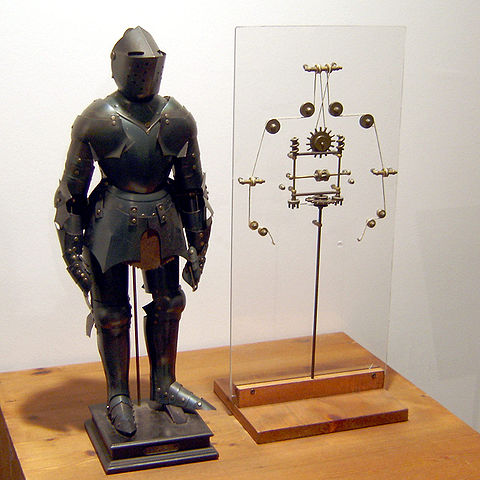
Shortly after his travel book Alexandria appeared in December 1922, E.M. Forster received a regretful letter from the publisher, Whitehead Morris & Co. There had been a fire in the warehouse and the entire edition had been burned. Fortunately, it had been insured, and they enclosed a substantial check in compensation.
“A few weeks later Forster received a yet more regretful letter from the publishers,” notes editor Lawrence Durrell in the book’s 1961 edition. “The books had been found intact, in a cellar which had escaped the flames. This, in view of the insurance money, his publishers wrote, had created a most awkward situation, and they had taken the only way out: they burnt the books deliberately.”




